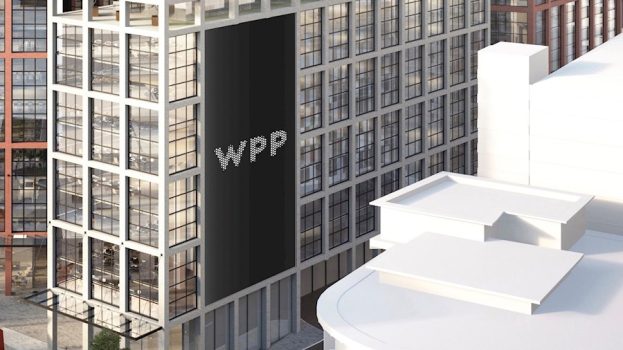The following column examines and critiques commercial design, as well as provides commentary on current issues and trends in the design industry.
I’ve been a loyal Globe and Mail reader since I was 16. To subscribe to it was, for a kid growing up in Windsor, Ont., a small act of nationalistic defiance. Living as we did in the shadow of the valley of Detroit, our culture was almost more American than Canadian. We favoured Motown over the British moptops, Big Boy over Harvey’s, and the Red Wings over the Maple Leafs (and that was when the Leafs were good). It was also a small act of teenage rebellion to arrive at breakfast every morning to pretentiously snap open the Globe while my dad sat across the table behind the Detroit Free Press.
Living in Toronto for the last 20 years has simply galvanized my loyalty. Although I am more patriotic now than I was as a teenager, I’ve never believed that the Globe is Canada’s national newspaper. I find such a notion laughable in a country like ours, or in any country for that matter. But if I were dispatched to a desert island and could only receive one Canadian daily, it would still be the Globe.
So it was with a great deal of skepticism that I reacted to last year’s news that Lord Schwarz of Fleet was going to launch a daily under the banner of the National Post. My bias was further slanted by a visceral revulsion for the politics of both its owner and its editor. I wasn’t going to cut these guys any slack.
To be fair, I have purchased and read a few copies since its October launch, just to compare its editorial quality with that of my own favourite paper. As a reader, I still prefer the Globe, although I will admit that the quality of the Post’s writing is quite high. As a designer, I also prefer the Globe because its typographic design makes it much easier to read and navigate. But the Post has some design strengths that the Globe does not.
The first surprise I got was that the Post wasn’t a knock-off of the sound-bitten USA Today. It is definitely a reader’s paper, with more words per column inch than most. I like that. What I find difficult, though, is the small size of its text setting. For someone with my old eyes, it’s a tough read. The font used in the text setting is a fine choice; it just needs to be a little bigger.
The masthead is one of the handsomest in the business. It is here that the hand of its designer, Lucie Lacava, is most immediately visible. Lacava came to the attention of newspaper designers with her recasting of Quebec’s Le Devoir, which, before the Globe’s re-do, was the best-designed paper in the country. As in Le Devoir, Lacava has created a consistent approach to mastheads at the top of every section (Financial Post, Review, FP Investing, Weekend Post), giving as much air as possible to this part of the page. Likewise the sub-section heads (Reporter, Politics, Comment, Editorials) are openly and evenly handled, providing a pleasant visual contrast to the densely set pages below.
The real standout of the paper, though, doesn’t happen until the weekend. Weekend Post and Weekend Post II are printed on glossier stock than the rest of the paper, and the text is set with much more leading, which instantly improves its legibility. Pages in this section have much wider margins – a luxury most papers can’t afford. Columns are wider too, and the article heads and decks have much more room to breathe than heads in the rest of the paper. But the best part is that there is almost no advertising. What a comfortable experience it is to read the arts and books section without any ads in it. It’s the most refreshing stretch of newspaper I’ve ever seen.
Alas, this can only go on for so long. In fact, there is very little advertising throughout the entire paper, which means that advertisers just don’t feel comfortable with the numbers yet. If circulation can climb fast enough to attract more, the look of this paper will no doubt decline to accommodate them. Such are the bitter ironies of running a successful business.
Until then, anyone with a distaste for the way advertising can break up a page (or a desire to see how deep Mr. Black’s pockets really are) will greatly enjoy the look of this paper. So get ’em while they last.
Will Novosedlik and Bob Russell are principals of Russell Inc. in Toronto. Russell Inc. builds brands with differentiation and emotional appeal for top-tier companies in both Canada and the u.s. Please direct correspondence by e-mail to will.novosedlik@russellinc.com or by phone at (416) 591-6677.























